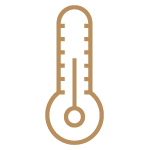Credit: Robert Petitpas
The majority of the Mapuche-Pehuenche people in the Lonquimay commune, a high mountain commune in the southern Andes, rely on livestock, non-timber forest products, and subsistence agriculture. However, they report decreased precipitation and rising temperatures that pose significant threats to their livelihoods as droughts expand and forage yields decline.
MAPUCHE-PEHUENCHE PEOPLE
The ‘People of the pehuen’ are a subgroup of the Mapuche People who live in the Andes Mountains. They constitute over 50% of the population of the Lonquimay commune, predominantly living in rural communities.
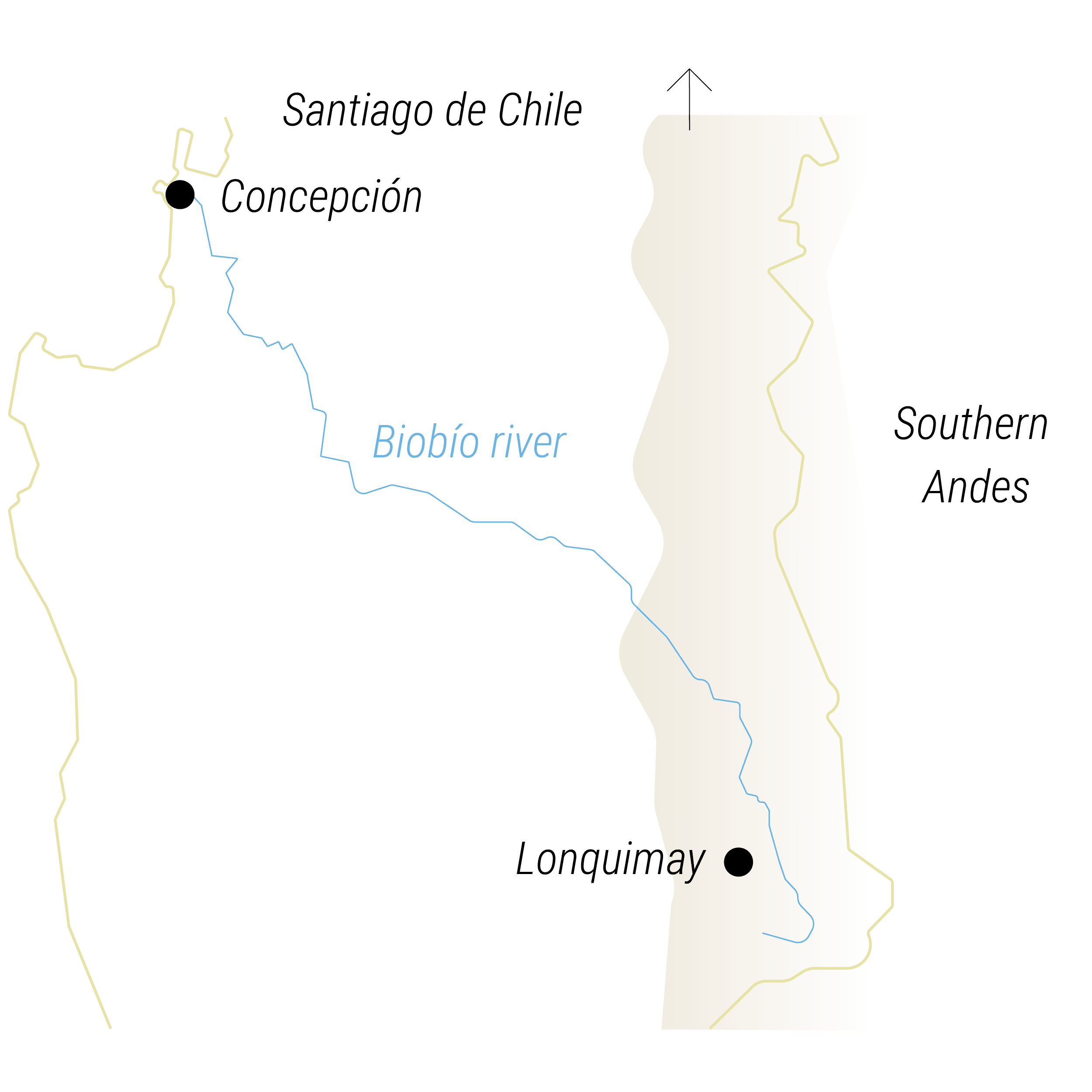
Credit: Robert Petitpas
ACTIVITIES

Herding: Mainly cows and goats.

Forest gathering: Pine nuts from the pehuen and medicinal herbs.

Agriculture: alfalfa and oat crops for fodder.
TERRITORY AND CLIMATE
Credit: Robert Petitpas
Cold steppe
CLIMATE
Changes in the climate
Lonquimay is vulnerable to drought.
The 0°C isotherm has raised 100 m, increasing watershed runoff and winter flooding of rivers which reduce water storage in the mountains and subsequently summer flows
ACCESS TO NATURAL RESOURCES
Changes in the territory
Droughts and heat affect fodder production and dry natural springs.
Deforestation has increased soil erosion and degradation.
Overgrazing and homogenization of farming systems to secure fodder has eroded agriculture for human food.
VOICES OF LOCAL KNOWLEDGE
The Pehuenche contextual vulnerability to climate change is an ongoing process that has its origins in the internal colonisation processes that left many Pehuenche without lands, and has been reinforced by policies that promoted homogenisation of the agro-livestock systems and shaped the relation with the territory.
Drivers of change
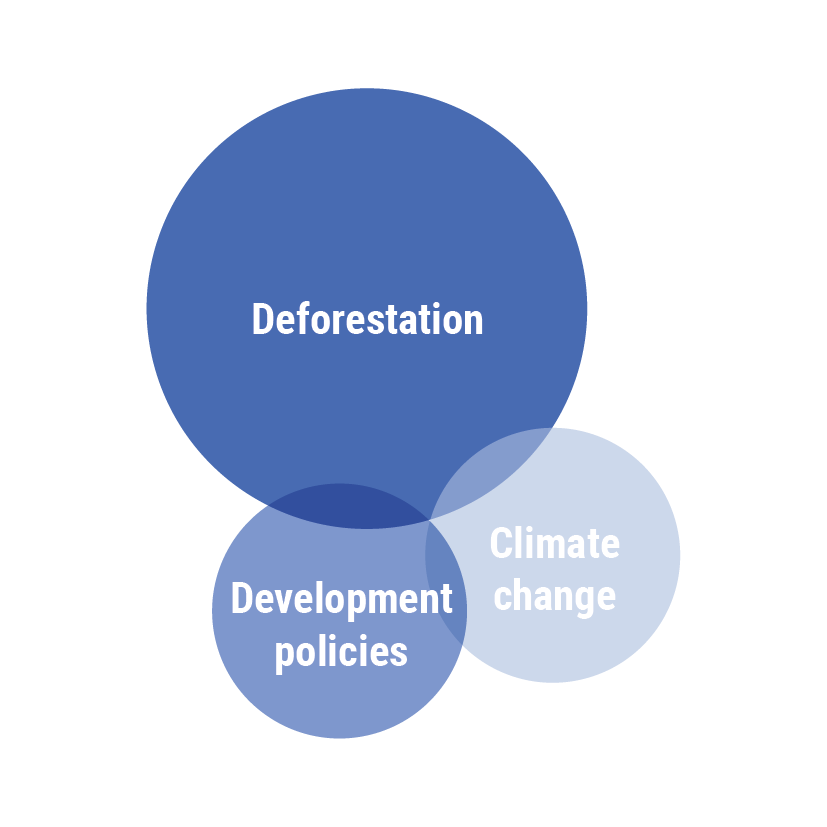
 They used to cut araucarias. Trucks came here and cut down the trees. Trucks came to sell here in the village, they earned a lot of money.
They used to cut araucarias. Trucks came here and cut down the trees. Trucks came to sell here in the village, they earned a lot of money.
 It was a forest in Pedregoso, they started to sell the wood, companies came to buy it, they came with machines to make wood, and they were left bare.
It was a forest in Pedregoso, they started to sell the wood, companies came to buy it, they came with machines to make wood, and they were left bare.
 Years ago, the fertiliser arrived and then, we believed, we said ‘now, we are going to fertilise the fields and it will be a better future for us.’ No, it was a deception for us because the fields nowadays are no longer productive!
Years ago, the fertiliser arrived and then, we believed, we said ‘now, we are going to fertilise the fields and it will be a better future for us.’ No, it was a deception for us because the fields nowadays are no longer productive!
 When I was a little boy, my parents would send me to take the animals out after they had foraged. And I would grab a yoke of oxen and go along the track where the animals followed. And a lot of snow fell in those years, a lot of snow, and now almost nothing falls, not like in those years.
When I was a little boy, my parents would send me to take the animals out after they had foraged. And I would grab a yoke of oxen and go along the track where the animals followed. And a lot of snow fell in those years, a lot of snow, and now almost nothing falls, not like in those years.
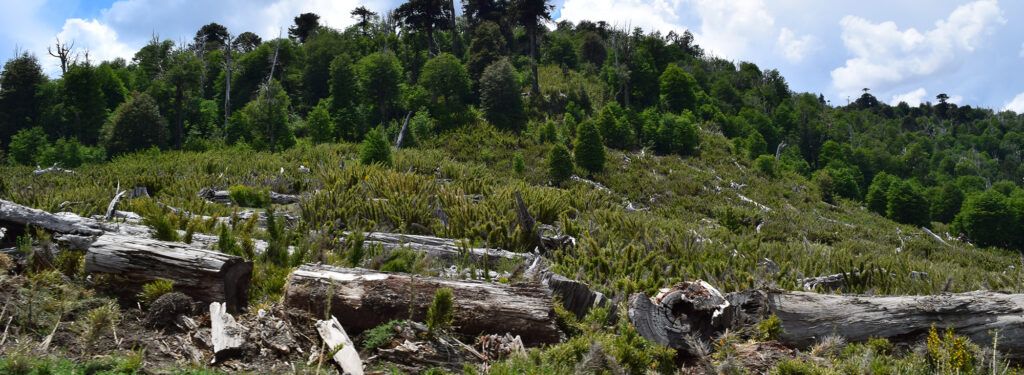
Credit: Robert Petitpas
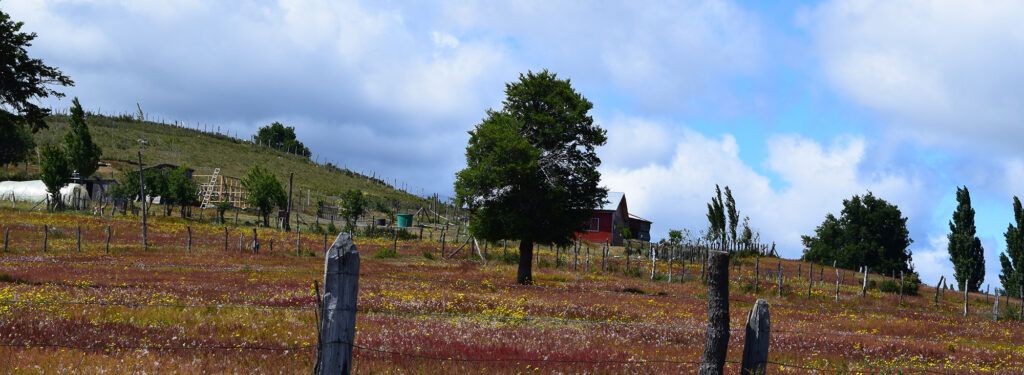
Credit: Robert Petitpas
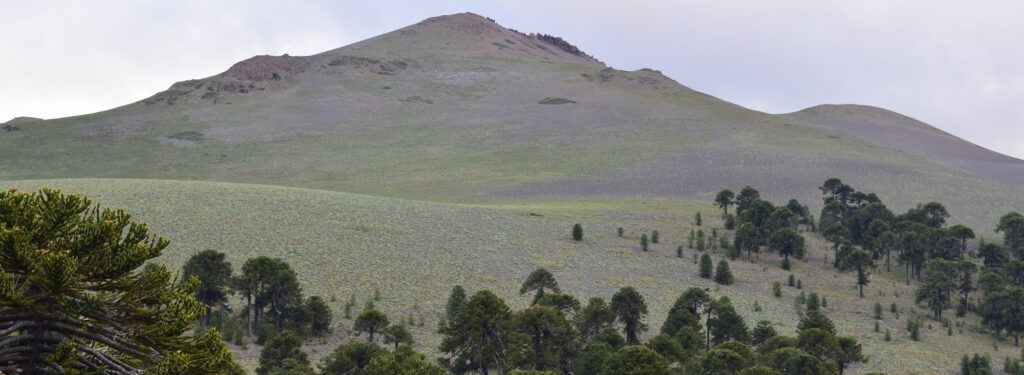
Credit: Robert Petitpas
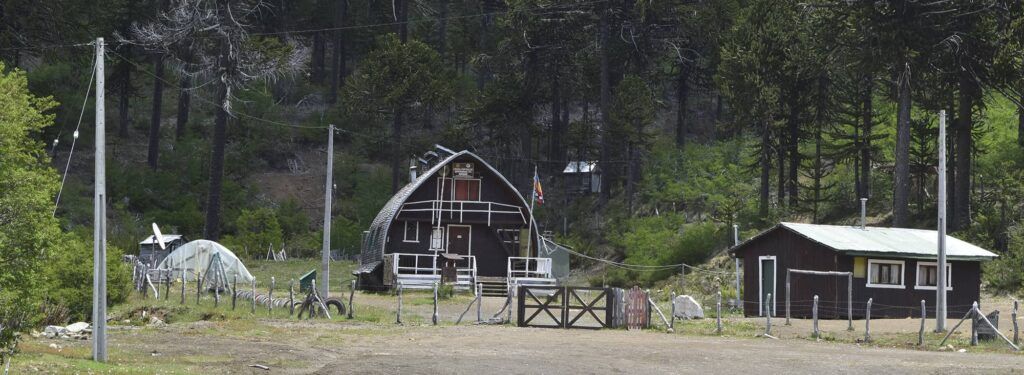
Credit: Robert Petitpas
IMPACTS ON LIVELIHOODS AND CULTURE
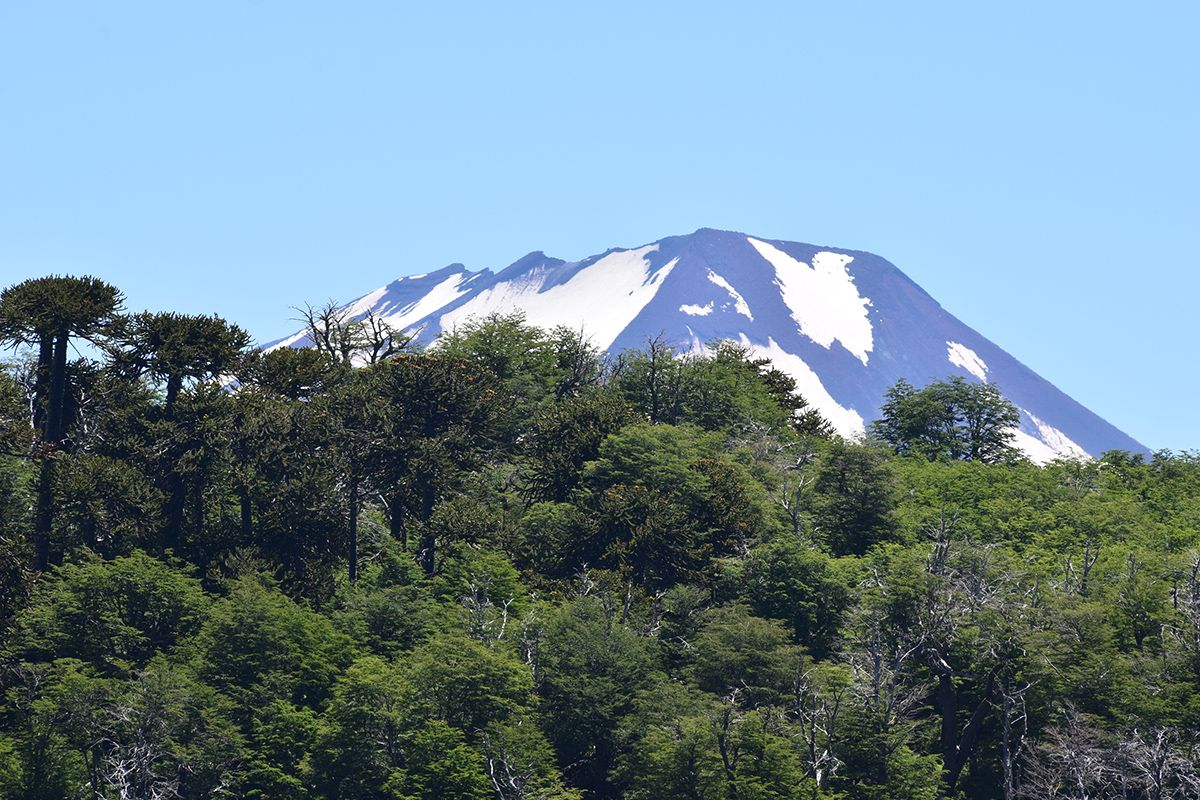
Credit: Robert Petitpas
Livestock eat first
Climate change impacts harm natural grasslands, shifting agriculture to alfalfa for livestock. Thus, the Pehuenche People increasingly rely on markets for food and state assistance for their livelihoods as traditional knowledge loses relevance.

Credit: Robert Petitpas
Natural resources growing more remote
Droughts limit safe drinking water access in Lonquimay, which now needs to be delivered by the municipality through trucks. Additionally, livestock feed in more remote areas in search for higher-altitude grasslands.

Credit: Robert Petitpas
Fires and disease are more common
Environmental changes impact native trees, especially the pehuen, and alter landscapes with increased landslides due to heavy rainfall at higher altitudes. Wildfires are also more common, damaging forests and pastures alike.
ENVISIONING A CLIMATE CHANGE-PROOF FUTURE
Climate changes impact both the environment and the soul
The Pehuenche primarily attribute climate change impacts to an average increase in temperatures. They identify a broad range of impacts, encompassing spiritual illness and substantial economic losses. As climate change impacts are expected to intensify in the Andes region, their consequences have the potential to heighten vulnerability.
Administrations do not address the root causes of vulnerability
State policies promote livestock farming as a way of living and often introduce further pressures on a system already strained by climate change. In turn, changes that have the potential to facilitate climate change adaptation lack financial and institutional support, reinforcing vulnerability and dependency.
Resilience should not be taken for granted
Resilience to climate change necessitates the transformation of inequitable structures that not only generate vulnerability but also limit adaptation possibilities. The Pehuenche history exemplifies that resilience is dynamic, not a return to the past, and that climate vulnerability is an ongoing process rather than solely a result of climate change.
REVIEW AND REFORMULATION OF POLICIES IS NEEDED
The Pehuenche study has shown that resilience to climate change depends on multiple social and historical factors, among them the policies that regulate the relationships with the territory. In fact, these policies can be critical in enabling or impeding adaptation and reducing vulnerability. Thus, all policies in place should be reformulated in view of this potential.
SUSTAINABLE ADAPTATIONS BENEFIT FROM LOCAL KNOWLEDGE
The lack of participation of local communities in the design of new policies and interventions in the territory has been shown to constrain resilience and adaptation to climate change in Lonquimay. Addressing this inequality might be the unleashing factor to solve the increased vulnerability of local communities to climate change.
Credit: Rosario Carmona
PUBLICATIONS
Carmona, Rosario 2022 Resilience Requires Change: Assessing Pehuenche Responses to Climate Change Impacts in Southern Chile. Environmental Justice 15(3):185–195. DOI:10.1089/env.2021.0044.
Carmona, Rosario 2023 Global guidelines, local interpretations: ethnography of climate policy implementation in Mapuche territory, Southern Chile. Climate Policy:1–16. DOI:10.1080/14693062.2023.2194267.
FIELDWORK CONDUCTED BY
Rosario Carmona

